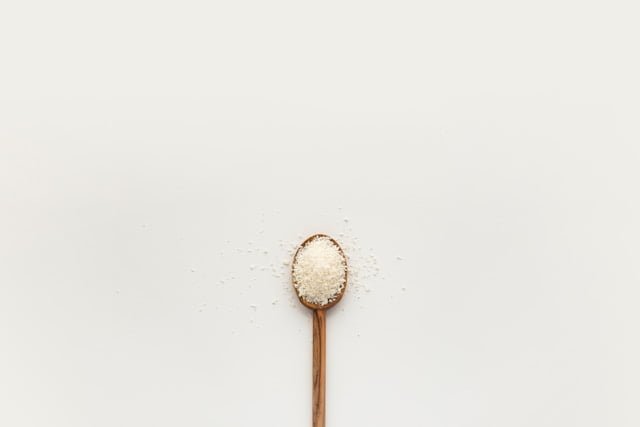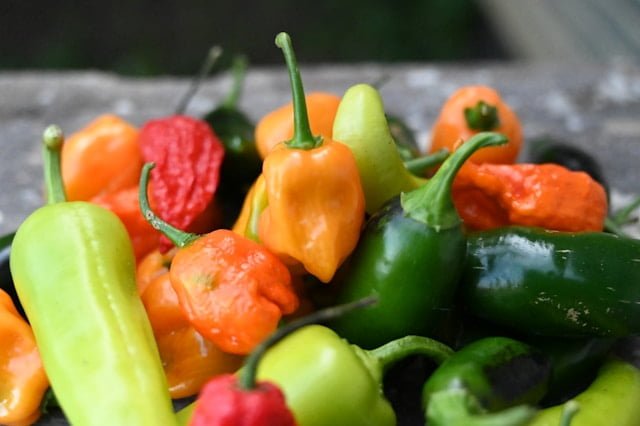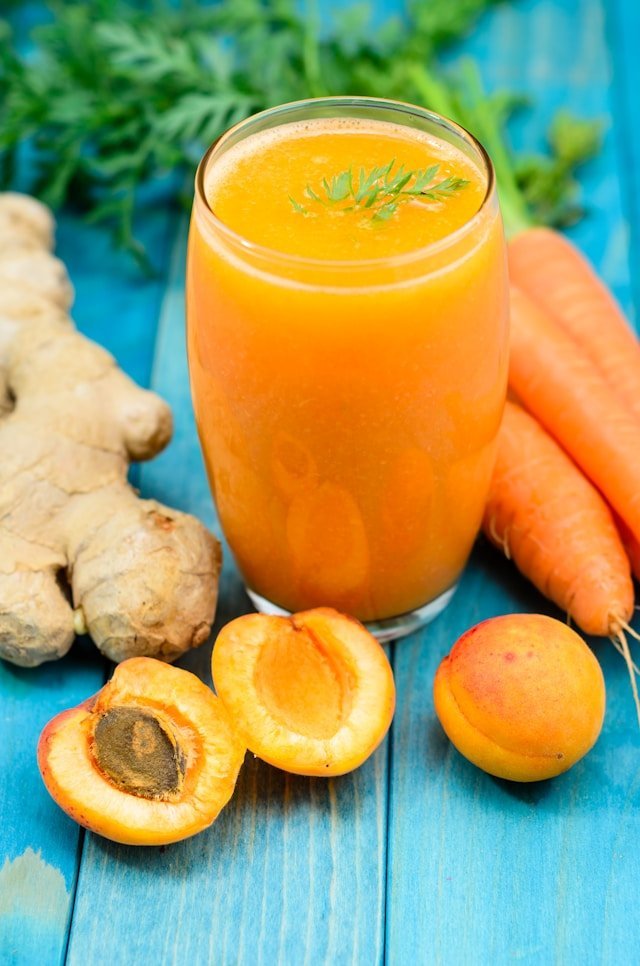The Three Doshas
Vata - Pitta - Kapha:
Understanding the Three Doshas
Ayurveda provides a deep framework called Tridosha, which helps us understand our unique characteristics and how to maintain balance, enhance vitality, and prevent disease. This framework emphasizes the importance of diet and daily routine in achieving these goals.

The Three Doshas
The three doshas, Vata, Pitta, and Kapha, are fundamental principles that influence our physical and mental states. They are the building blocks of all creation, operating at the most subtle levels of life and influencing the qualities we experience.


Vata represents movement and is associated with Space (Akasha) and Air (Vayu).


Pitta signifies metabolism and transformation, linked to Fire (Agni) and Water (Jal) in interaction with Kapha.


Kapha embodies structure, related to Earth (Prithivi) and Water (Jal) in conjunction with Pitta.
Each dosha affects both the mind and body and is present in different proportions in every person. Our unique blend of these doshas, referred to as Prakriti, determines our natural constitution, which tends to stay consistent throughout our lives. Usually, two doshas are more prominent, though some people may have a single dominant dosha or a balanced influence of all three.

Prakriti and Vikriti
Prakriti is the natural constitution we are born with, whereas Vikriti refers to the imbalances that can arise from lifestyle and environmental influences. If these imbalances are not addressed, they can cause health problems. Regularly evaluating the doshas helps identify these imbalances and provides guidance for corrective measures.
Balancing the Doshas
Maintaining health in Ayurveda involves balancing the doshas through opposite qualities. Vata, characterized by cold and dryness, is balanced by warmth and moisture. Pitta, associated with heat and intensity, is balanced by coolness and moderation. Kapha, linked to heaviness and stability, is balanced by stimulation and lightness.



Qualities of the Three Doshas:
- Vata: Cold, light, quick, dry, rough, subtle, clear, moving, coarse.
- Pitta: Hot, light, sharp, fluid, oily, sour, pungent, slightly oily, slippery.
- Kapha: Cold, heavy, slow, oily, sticky, stable, soft, sweet, dense.
Benefits of Balanced Doshas
Achieving balance among the doshas brings various benefits:
- Vata: Enhances mental alertness, enthusiasm, proper respiration and circulation, and sound sleep.
- Pitta: Improves vision, appetite, digestion, complexion, intellect, and contentment.
- Kapha: Boosts strength, stability, joint health, affection, patience, and generosity.
Imbalance and Its Effects
Vata, associated with movement, is most prone to imbalance, while Kapha, linked to stability, is least likely but can cause significant issues when out of balance. Factors such as insufficient sleep, stress, poor diet, and lack of exercise can disrupt the doshas.



Common Factors Causing Imbalance:
- Vata: Lack of sleep, irregular routines, excessive activity.
- Pitta: Excessive heat, over-exertion, anger.
- Kapha: Excessive sleep, lack of activity, heavy diet.
Typical Results of Imbalance:
- Vata: Anxiety, insomnia, dry skin, constipation.
- Pitta: Anger, hyperacidity, rashes.
- Kapha: Lethargy, obesity, congestion.

Food and the Doshas
Proper diet is critical for maintaining the balance of the doshas. In Ayurveda, foods are divided into six tastes (Rasa), each influencing the doshas in unique ways.
Ayurveda categorizes food into six tastes (Rasa), each affecting the doshas differently:


Sweet (Madhura)


Sour (Amla)


Salty (Lavana)


Pungent (Katu)


Bitter (Tikta)


Astringent (Kashaya)
Each taste has a unique effect on the doshas, helping to either balance or imbalance them. To promote overall health, it is important to incorporate a variety of these tastes into your diet. This variety helps ensure that all doshas are kept in harmony.

Lifespan and Seasonal Cycles
The influence of the doshas varies with time of day, seasons, and stages of life. Understanding these cycles helps maintain balance and promote health.
Daily Rhythms


Seasonal Influence



Doshas in Different Stages of Life
The stages of life dominated by the doshas are as follows:
- Childhood (0 to 30 years): Kapha
- Adulthood (31 to 60 years): Pitta
- Old Age (61+ years): Vata
Ayurveda teaches that the influence of the doshas varies throughout different stages of life. Each stage is dominated by a specific dosha, which affects physical and mental characteristics during that period.


Childhood
(0 to 30 years)
Kapha Stage
Dominant Dosha: Kapha
Characteristics: During childhood, growth and development are rapid, and the qualities of Kapha—such as moisture, stability, and strength—are most prominent. This stage is characterized by a strong build, good immunity, and a generally calm and loving disposition.


Adulthood
(31 to 60 years)
Pitta Stage
Dominant Dosha: Pitta
Characteristics: Adulthood is marked by activity, drive, and ambition, which are qualities associated with Pitta. This stage is characterized by a strong digestive fire, sharp intellect, and a competitive and assertive nature. Individuals are often more prone to issues related to heat, such as inflammation and stress.


Old Age
(61+ years)
Vata Stage
Dominant Dosha: Vata
Characteristics: In old age, the qualities of Vata—such as dryness, lightness, and mobility—become more dominant. This stage is often marked by a decrease in physical strength, drier skin, and more fragile bones. It can also be a time of increased creativity and insight, but individuals may face challenges like anxiety, insomnia, and digestive issues.
By understanding how the doshas influence each stage of life, one can take proactive steps to balance these energies and maintain health and wellness throughout the different phases of life. This includes adapting diet, lifestyle, and activities to align with the predominant dosha of each stage.
Aligning your activities, diet, and lifestyle with these natural rhythms helps maintain dosha balance and promotes overall health and well-being.
